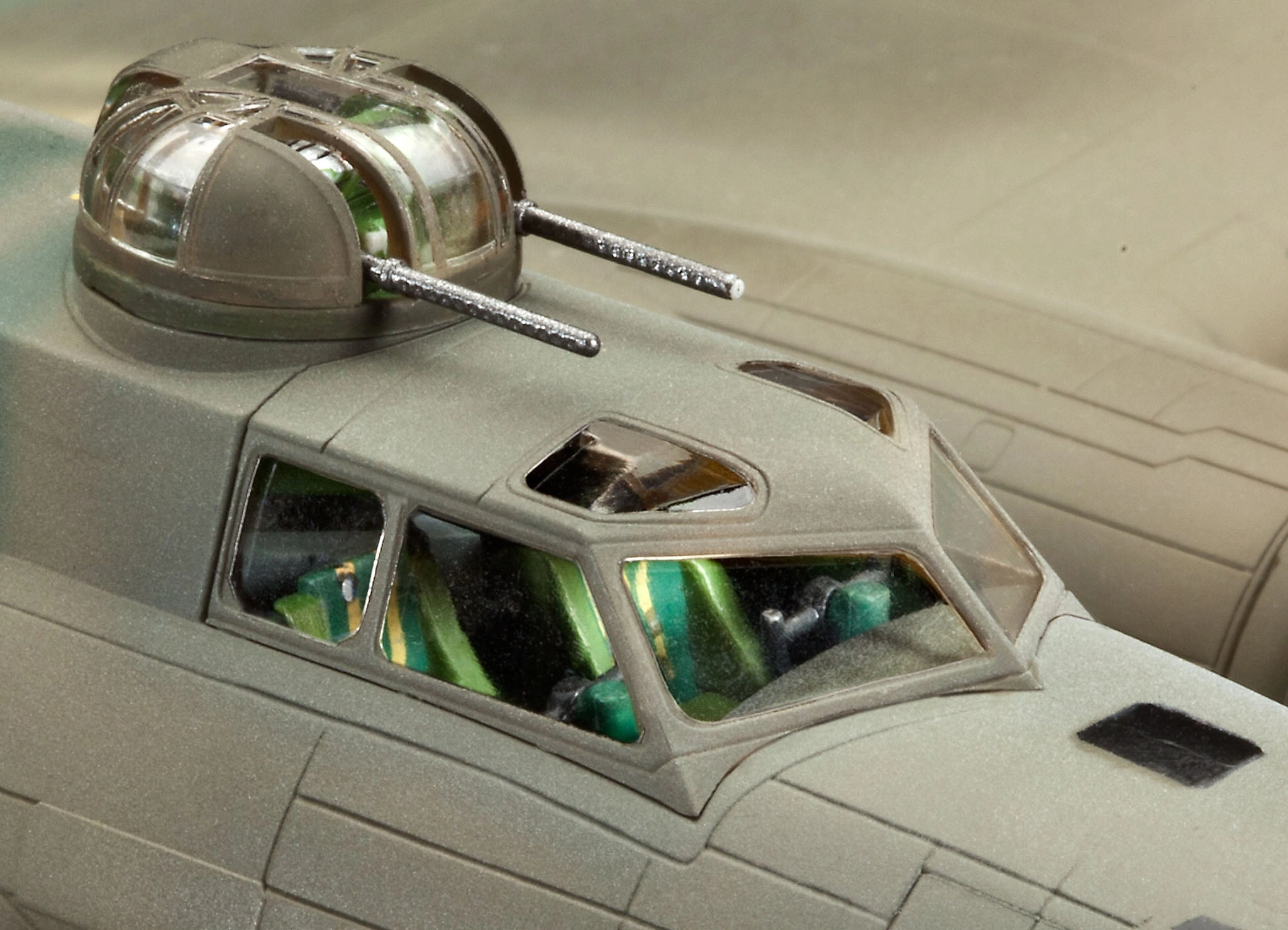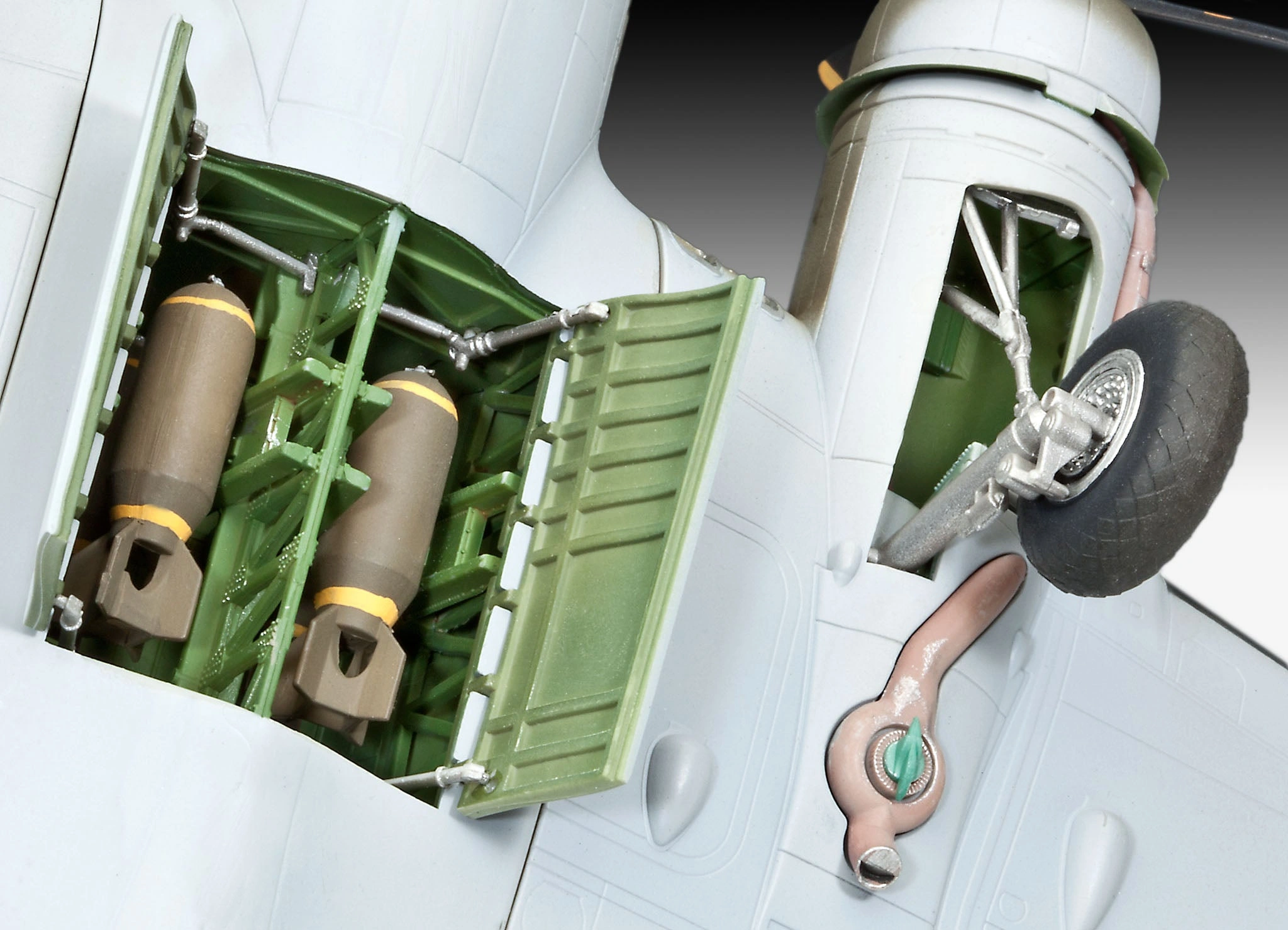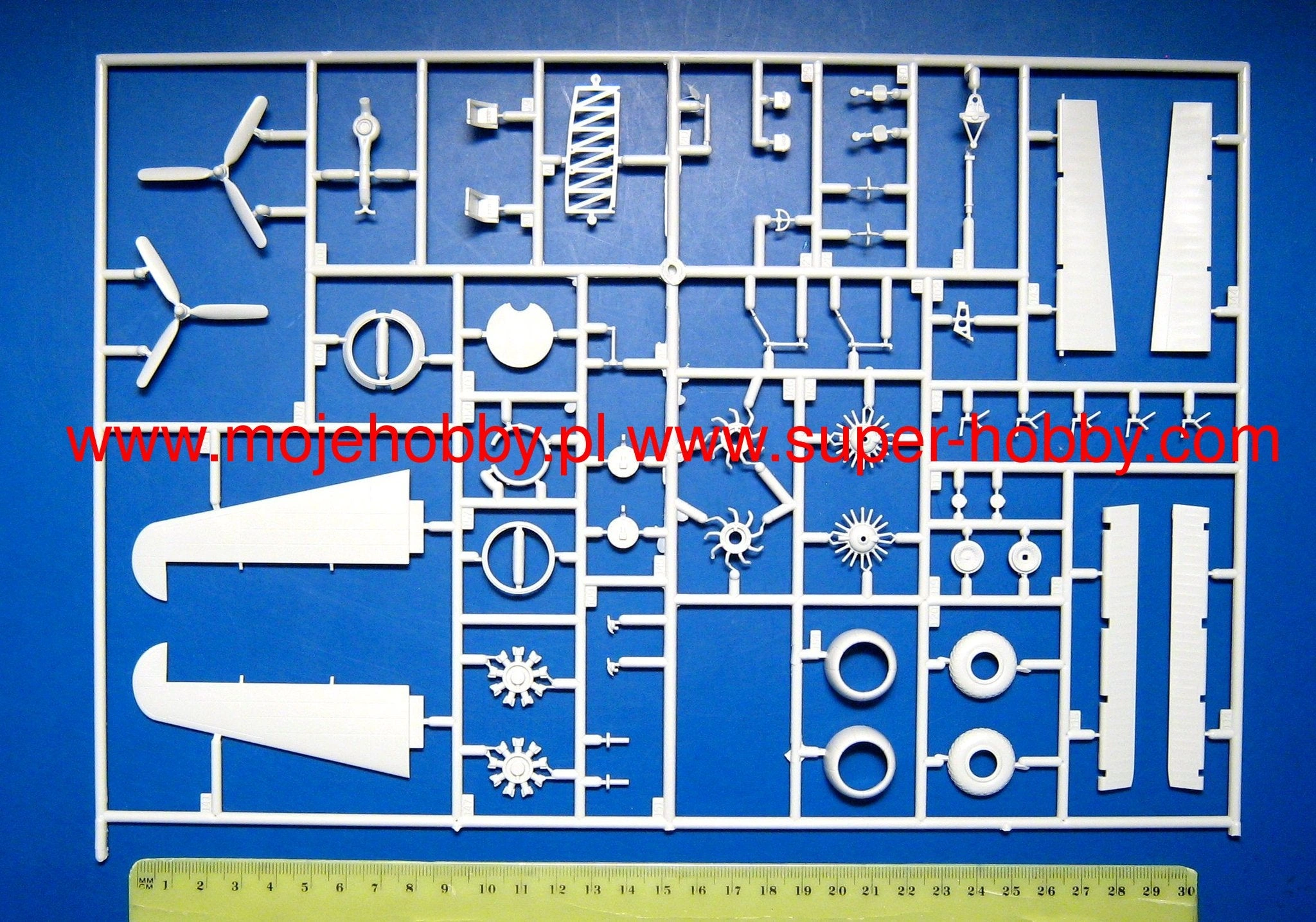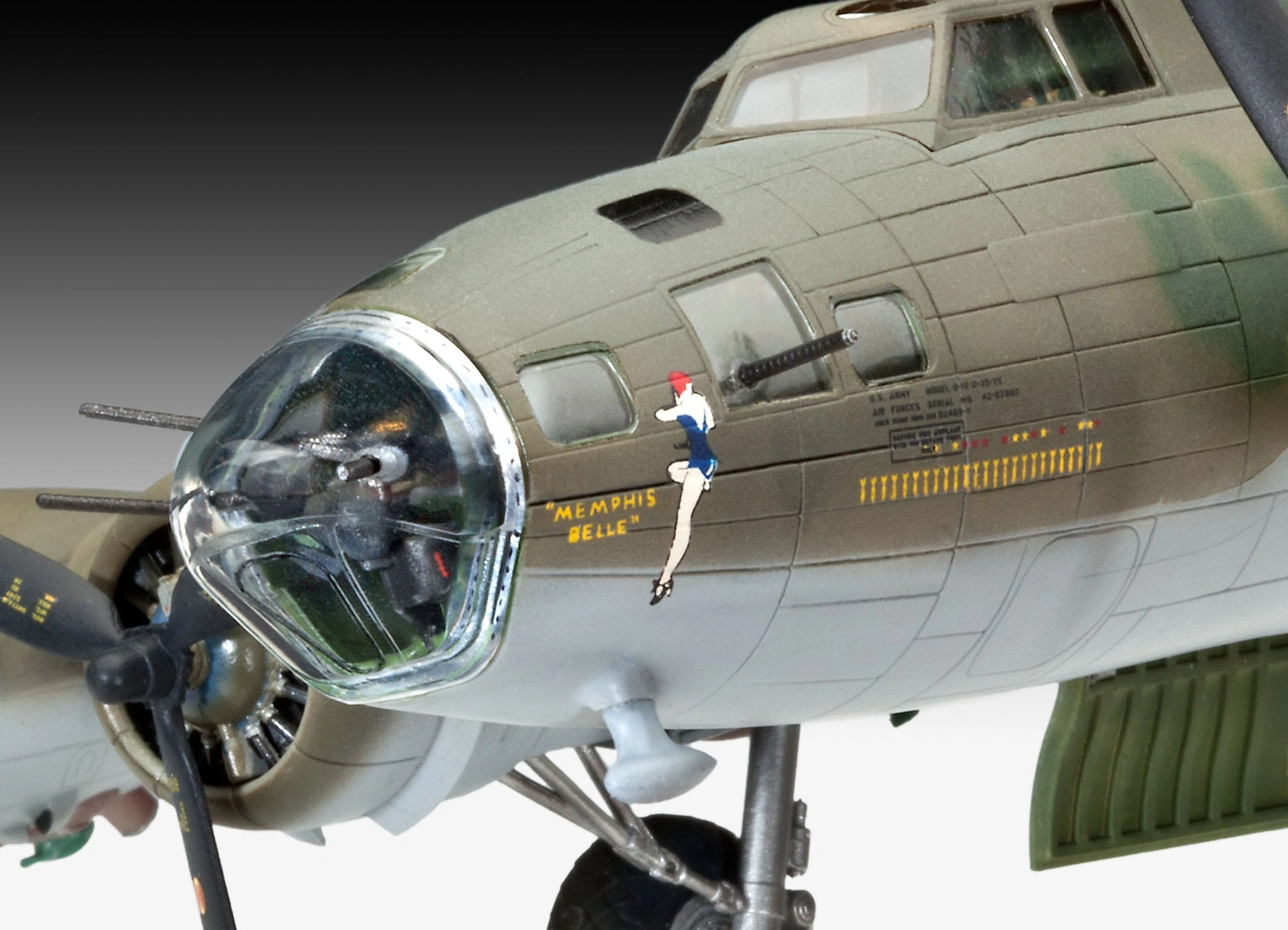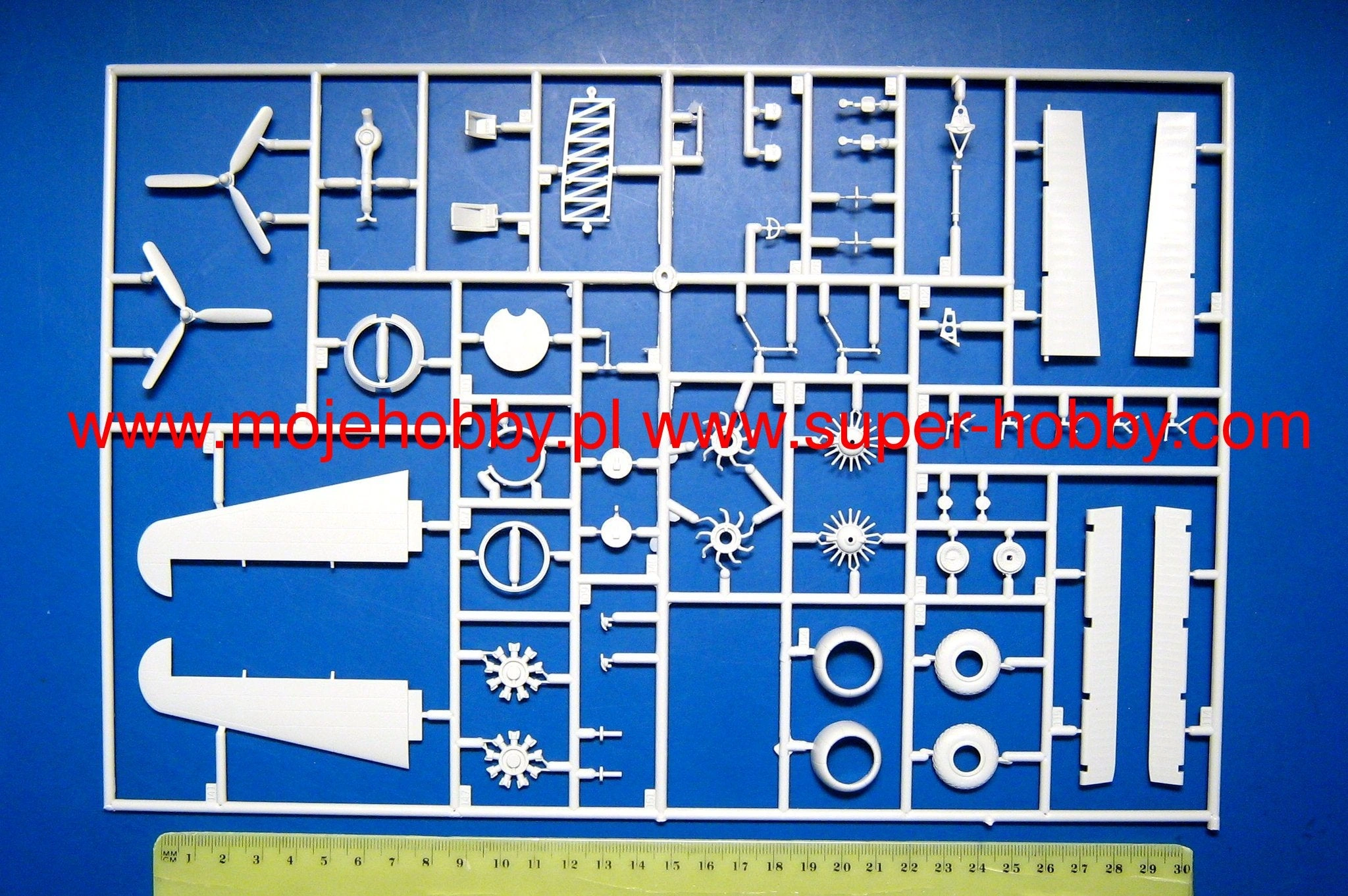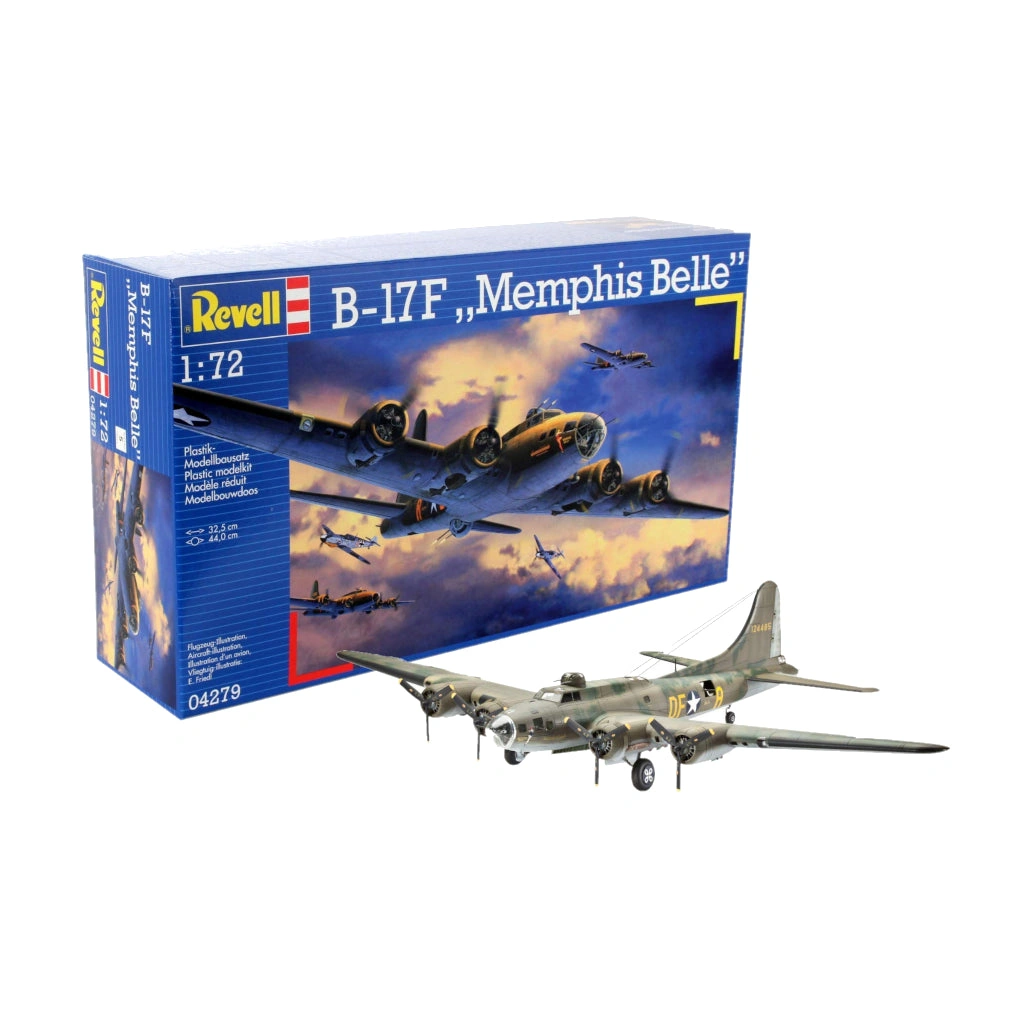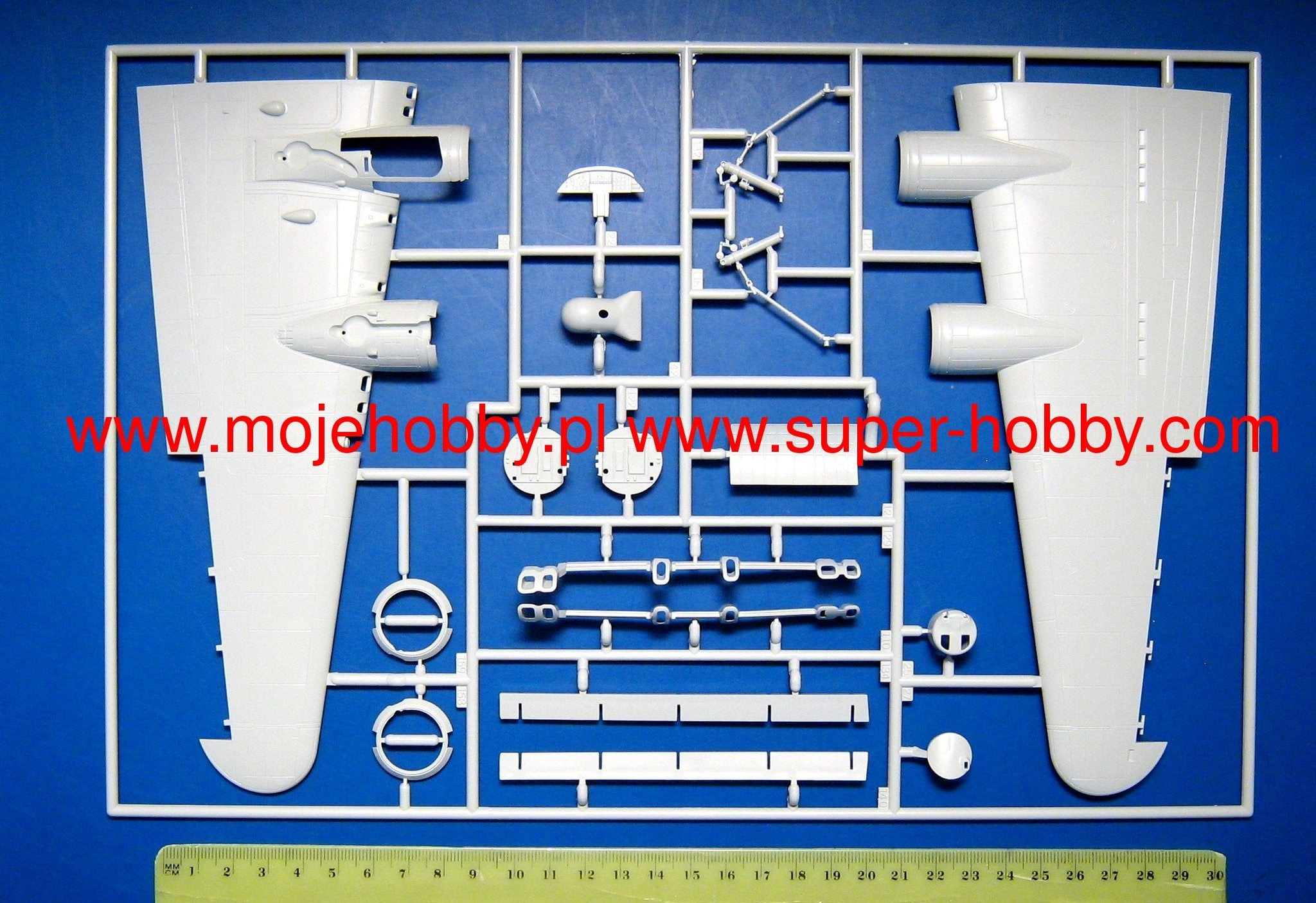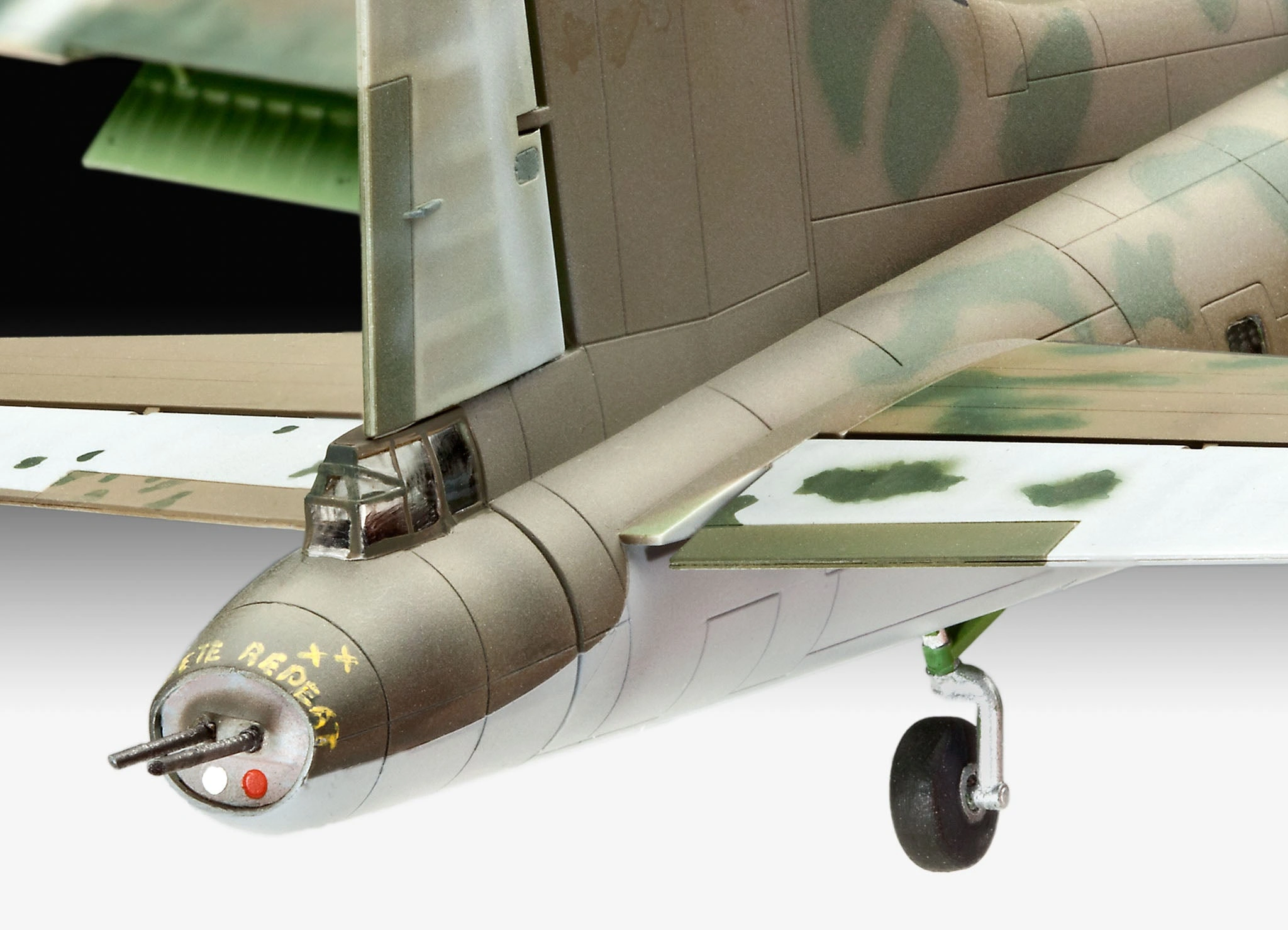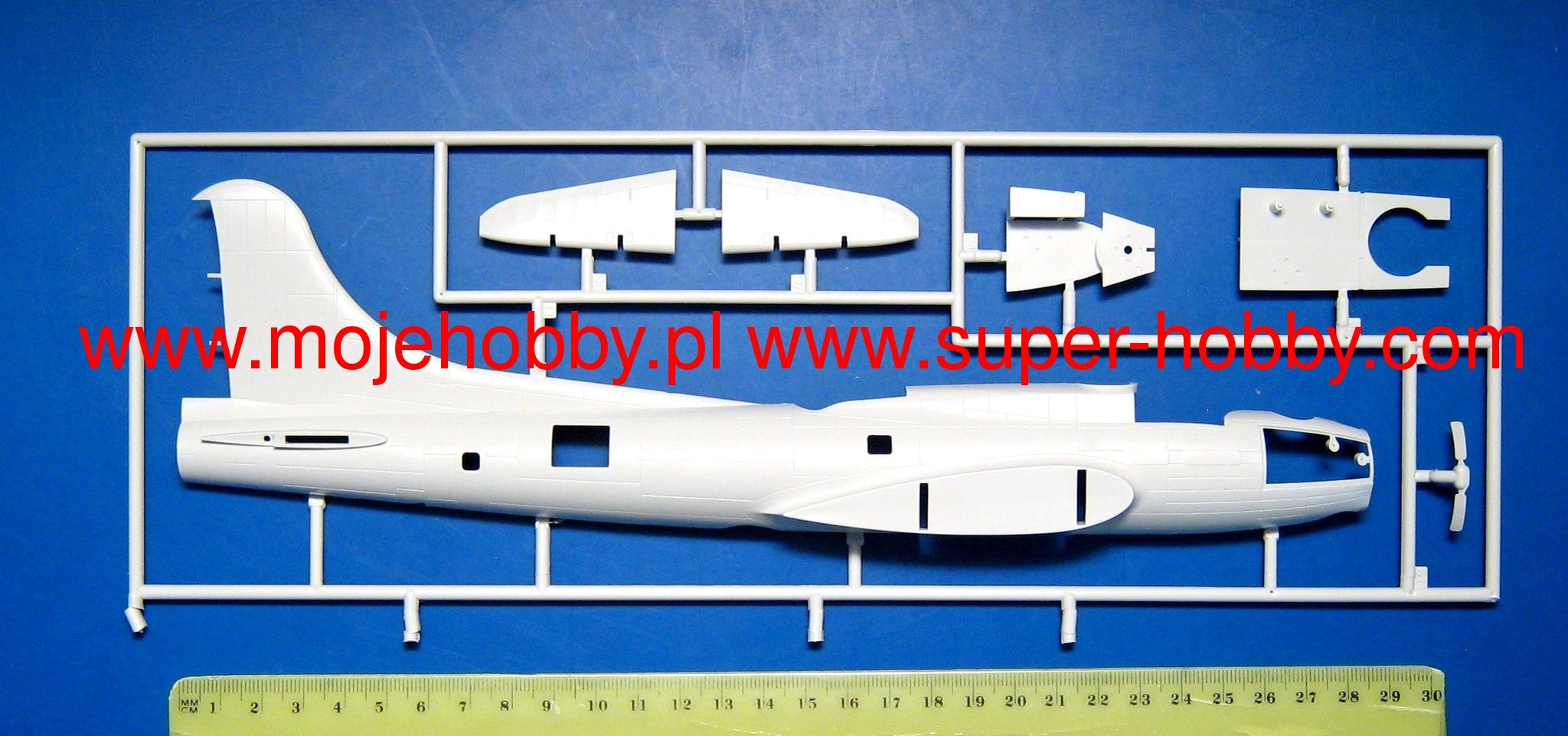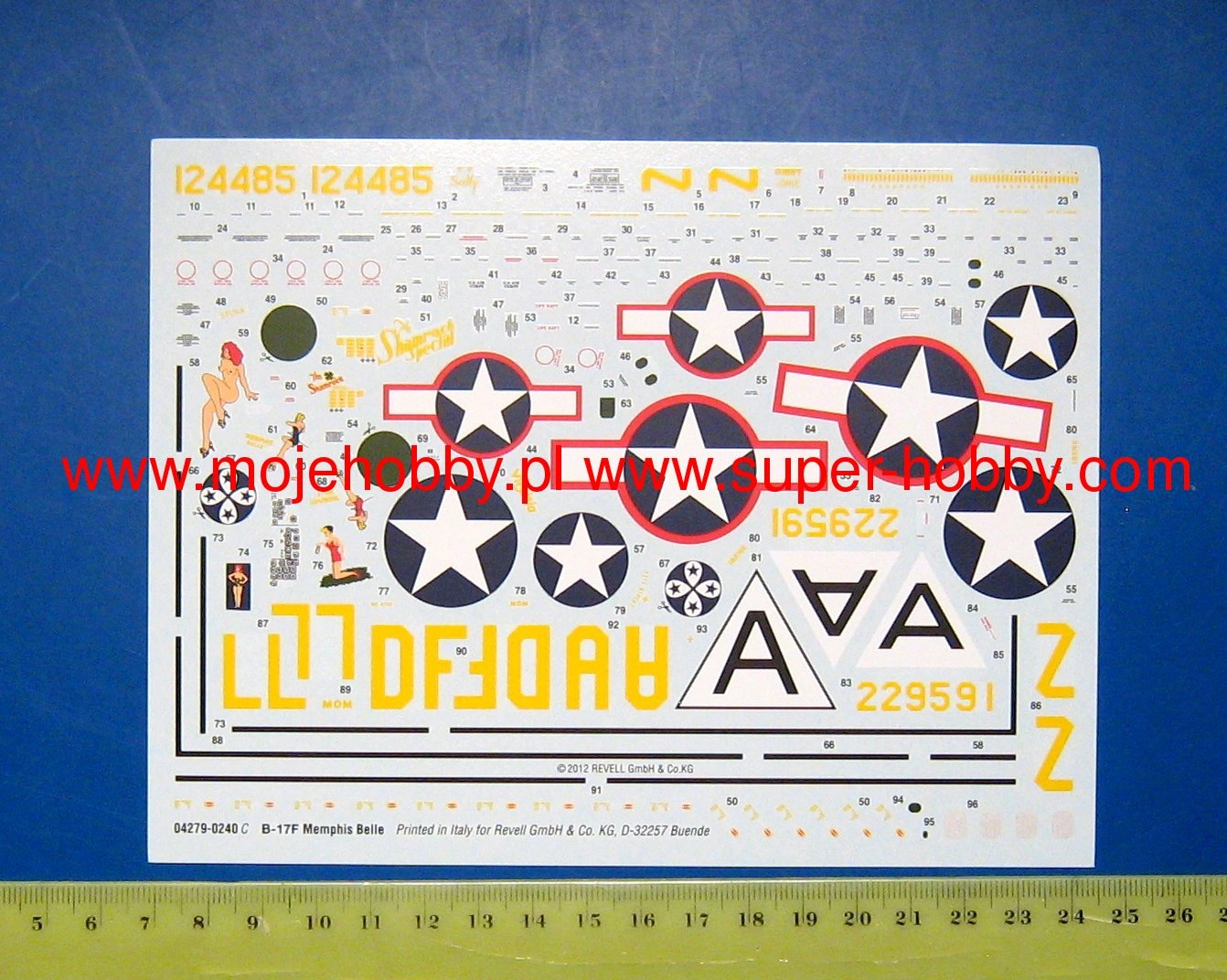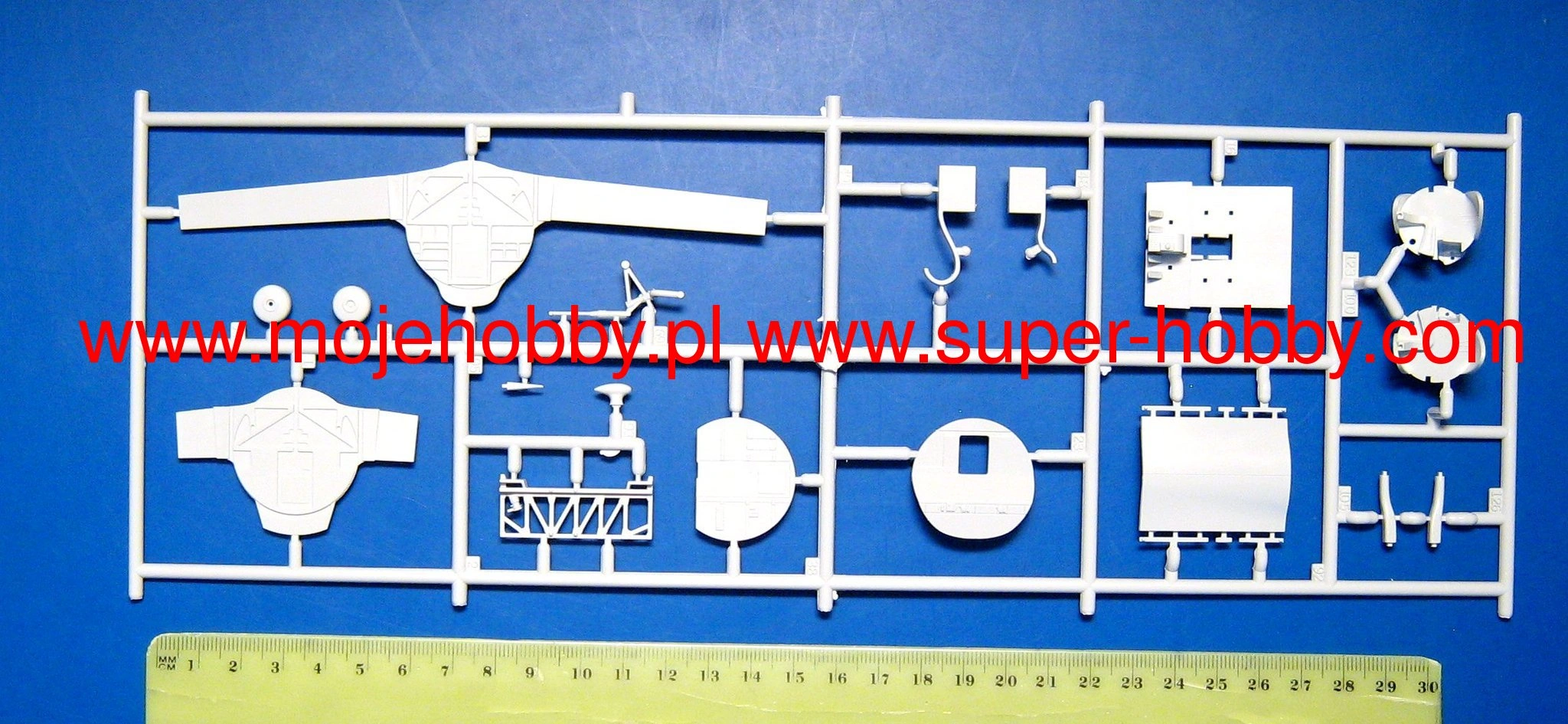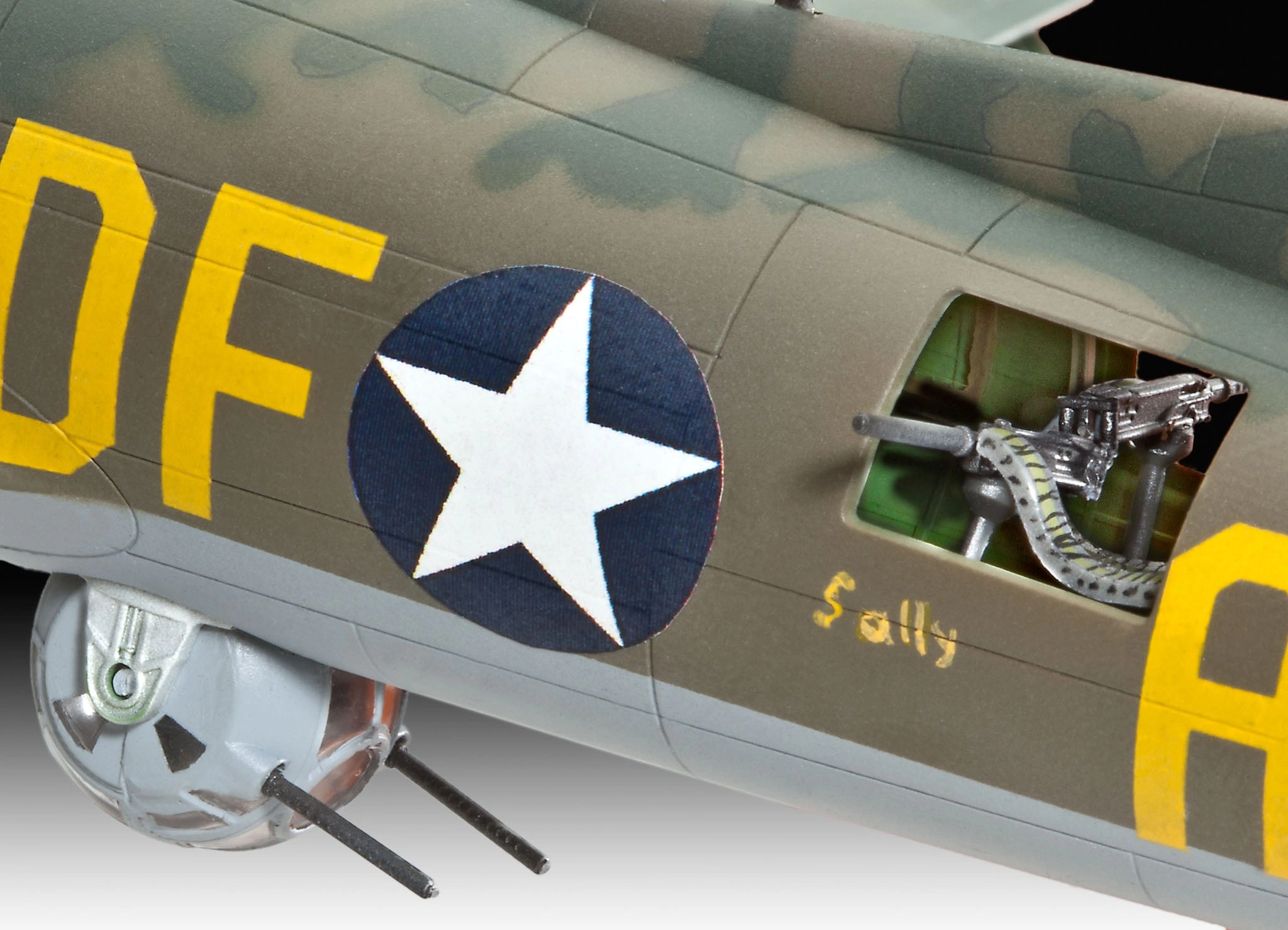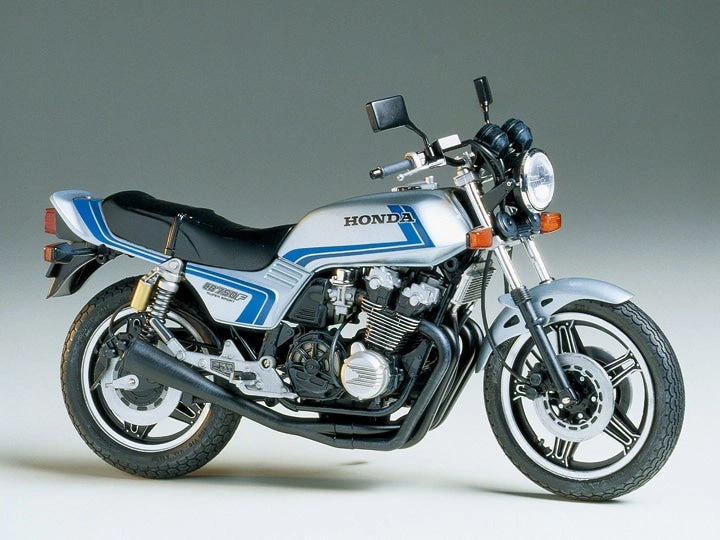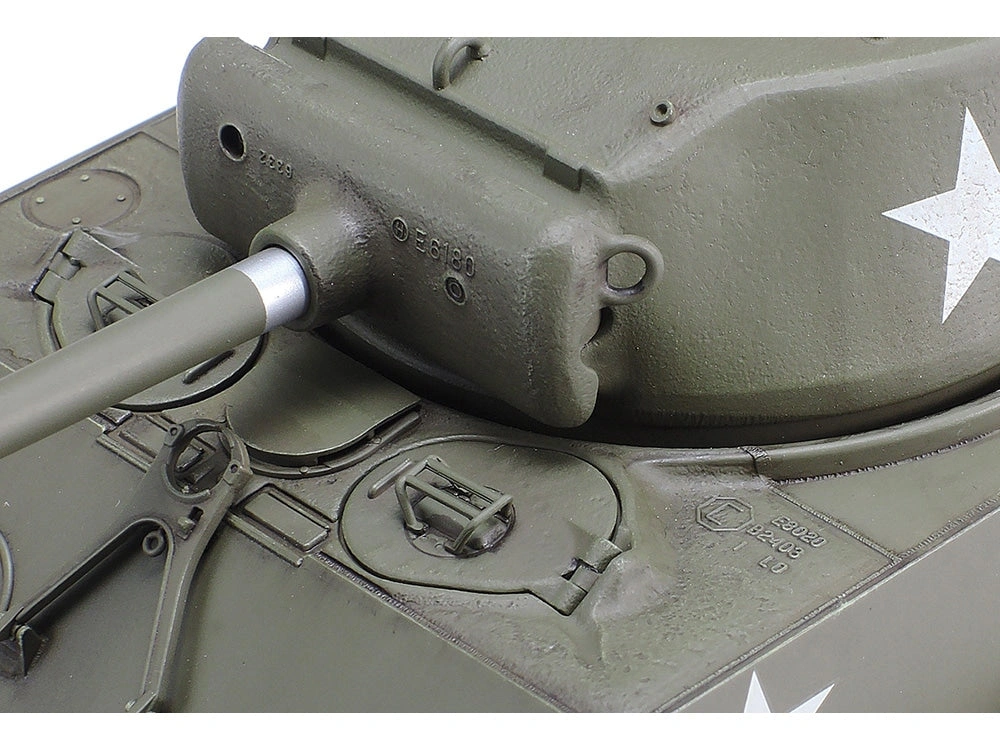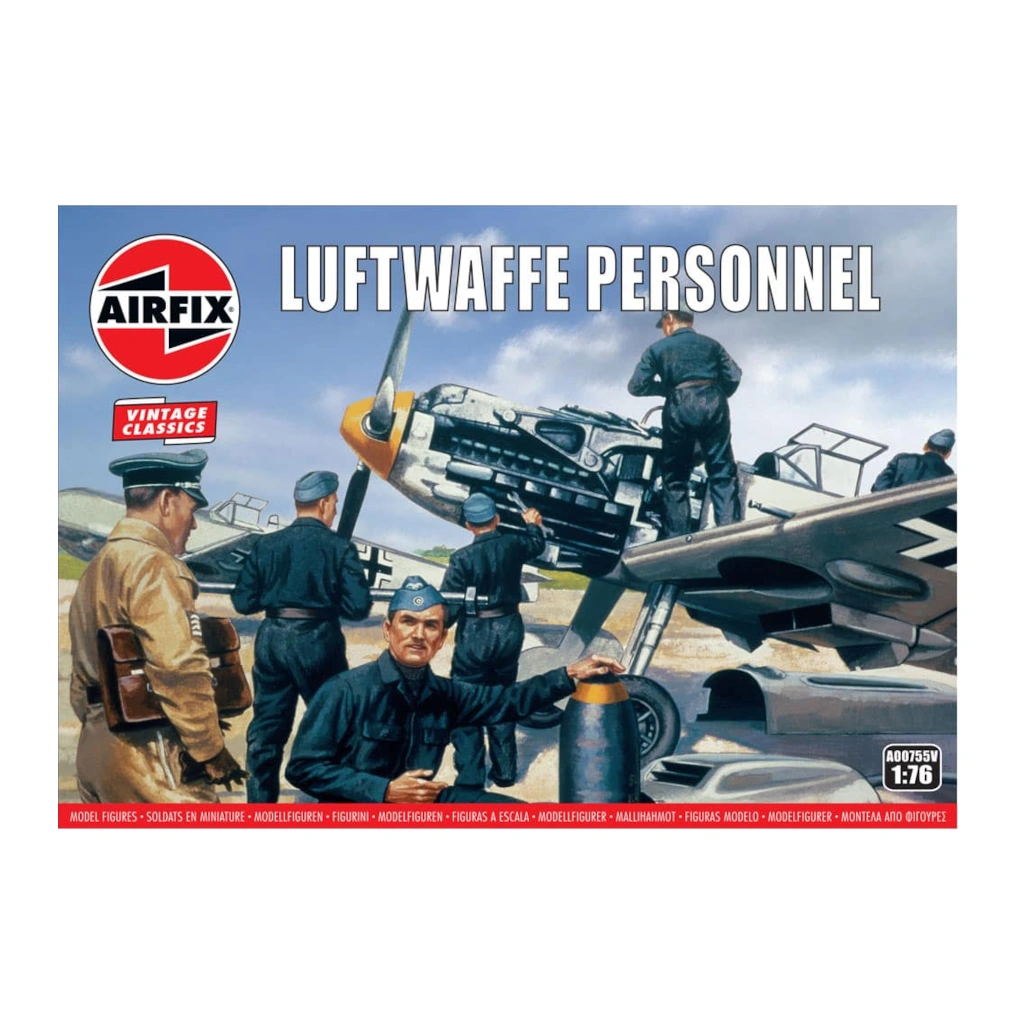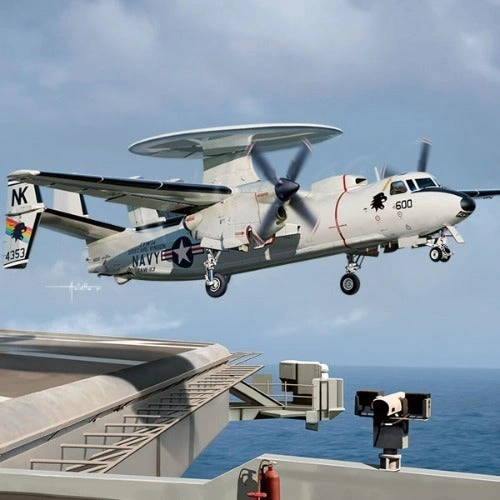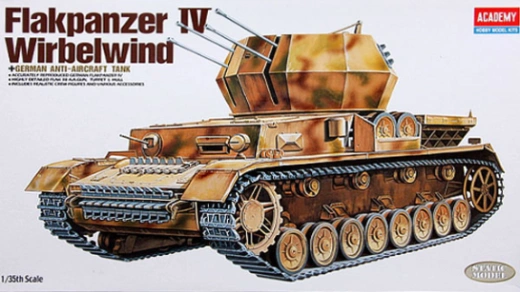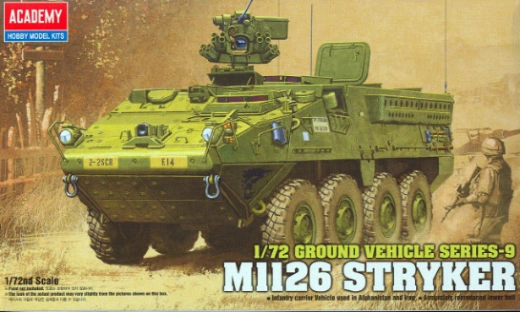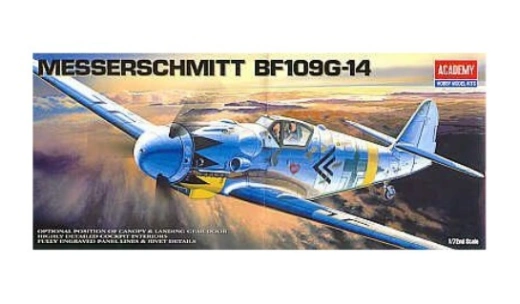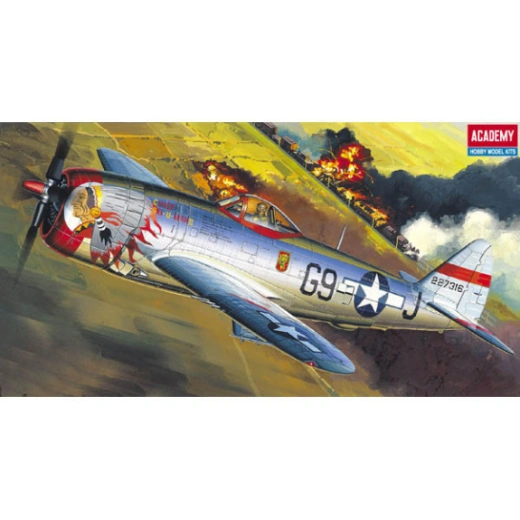Revell 04279 1/72 Scale Boeing B-17F Memphis Belle Plastic Model Kit
The US Army published its requirements for a modern multi-engine bomber in May 1934, and it was required to carry up to 907 kg of bombs over a route of 1640 to 3540 km, while maintaining a speed of 322 to 402 km / h. Boeing presented its concept, the Boeing 299, with four engines, which was tested in July 1935. Although the first test was successful, the prototype crashed on October 30, 1935, during take-off. Despite this setback, the US Army placed an order for 13 YB-17s, and the prototype was rebuilt with minor improvements. The YB-17 took its first flight on December 2, 1936, with some modifications, including the use of Wright GR-1820-39 Cyclon radial engines with a power of 930KM. Twelve aircraft were delivered between January and August 1937, and the 13th was delivered to Wright Field for testing. After a YB-17 flew without damage in strong turbulence, the 13th was upgraded and designated U1B-17A. This model was powered by 1000HP GR-1820-51 radial engines with exhaust gas-powered Moss/General Electric turbochargers. The advantages of this new power unit over naturally aspirated engines proved itself during operation, and turbocharged engines were used for all subsequent Flying Fortress machines. The B-17C was the first version delivered to the RAF in Great Britain. The first 20 units shipped in early 1941 were designated Fortress I and were placed in the equipment of the 90 squadron. They were first used operationally on July 8, 1941, during the bombing of Wilhelmshaven. However, the B-17s, taking 26 actions over the next two months, turned out to be ineffective. The B-17E, F, and G airplanes had a redesigned and enlarged tail and differed mainly from their predecessors in their powerful tail fin. The B-17E and F were the first to be included in the 8 Air Force in Europe. They were the most numerous of the series, with 3,402 units built. The B-17G was the last and most produced variant, with 8,680 units built.
Revell


